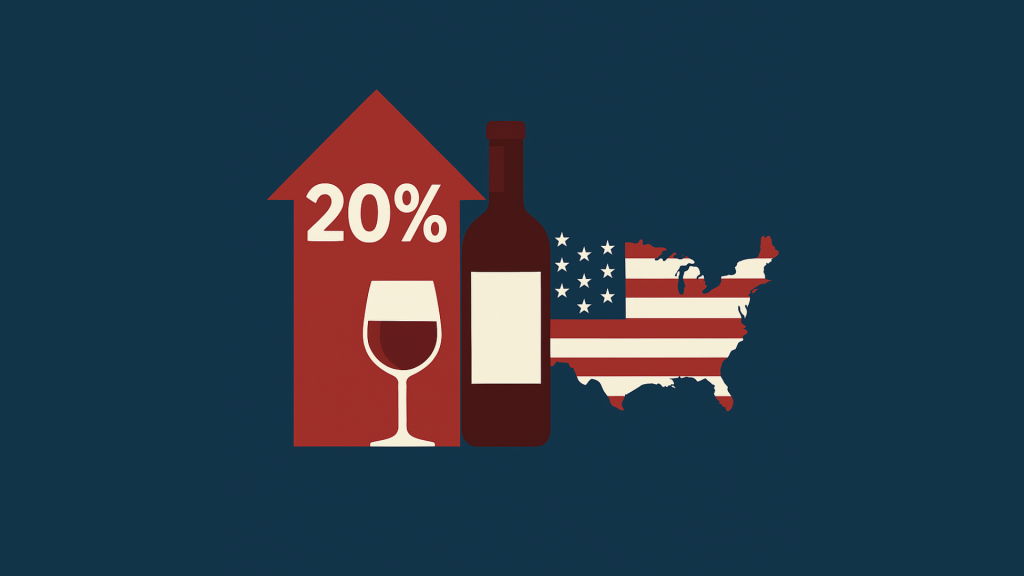On April 2, 2025, President Trump announced the introduction of 20% tariffs. The measure also affects the wine sector across the board, making access to the U.S. market more expensive through traditional channels. But for those who have chosen to focus on direct-to-consumer sales, the picture is different.
The Direct-to-Consumer (D2C) Channel as a Response to Customs Barriers
In the current context, direct online sales are not just a commercial positioning choice, but a true strategy to reduce the impact of fiscal and customs barriers.
Through their own e-commerce platforms, Italian producers can manage the relationship with American customers directly, building a completely independent sales model. This approach not only strengthens the connection with the end consumer but also serves as a concrete lever to absorb—at least partially—the impact of the new tariffs.
In the D2C channel, profit margins can exceed 70%, compared to the minimal margins offered by traditional distribution channels. It’s precisely this difference that makes it possible, even in the presence of customs barriers, to maintain competitive prices for the customer and financial sustainability for the producer. In contrast, within traditional distribution, tariffs risk translating into shelf price increases that penalize Italian labels, leaving room for wines from other countries with more favorable tax conditions.
It’s important to emphasize that the direct channel and traditional channels are not in conflict, but now more than ever, strategic allies.

At this stage, the D2C model serves as an agile lever that ensures continuity in distribution, providing an alternative channel to reach end consumers—without local importers losing their customer base.
In fact, it is precisely thanks to direct sales that the market can remain active and responsive, with only slight price adjustments and sustained consumer demand. Italian labels thus remain visible, accessible, and relevant in the eyes of American consumers—ready to regain full momentum in traditional channels as soon as the tariffs are—hopefully—lifted.
It’s not just an international issue: even within Europe, tariffs exist—they’re just called excise duties
It’s worth remembering: even within the European Union, where the free movement of goods applies, excise duties on alcoholic products remain a real fiscal barrier—different in every Member State. They are, in every respect, tariffs by another name.
This is why it is essential to approach cross-border sales with the right tools that comply with the regulations of each individual country.
Conclusions
The tariffs imposed by the United States in 2025 may change the rules of the game for Italian wine exports. But they don’t close the door — on the contrary, they highlight the potential of those who have already chosen direct-to-consumer sales as a core channel.
📌 Direct From Italy stands with producers ready to face this shift with expertise, independence, and full compliance. Because the future of Italian wine in the world depends on new tools—capable of crossing borders, including fiscal ones.




